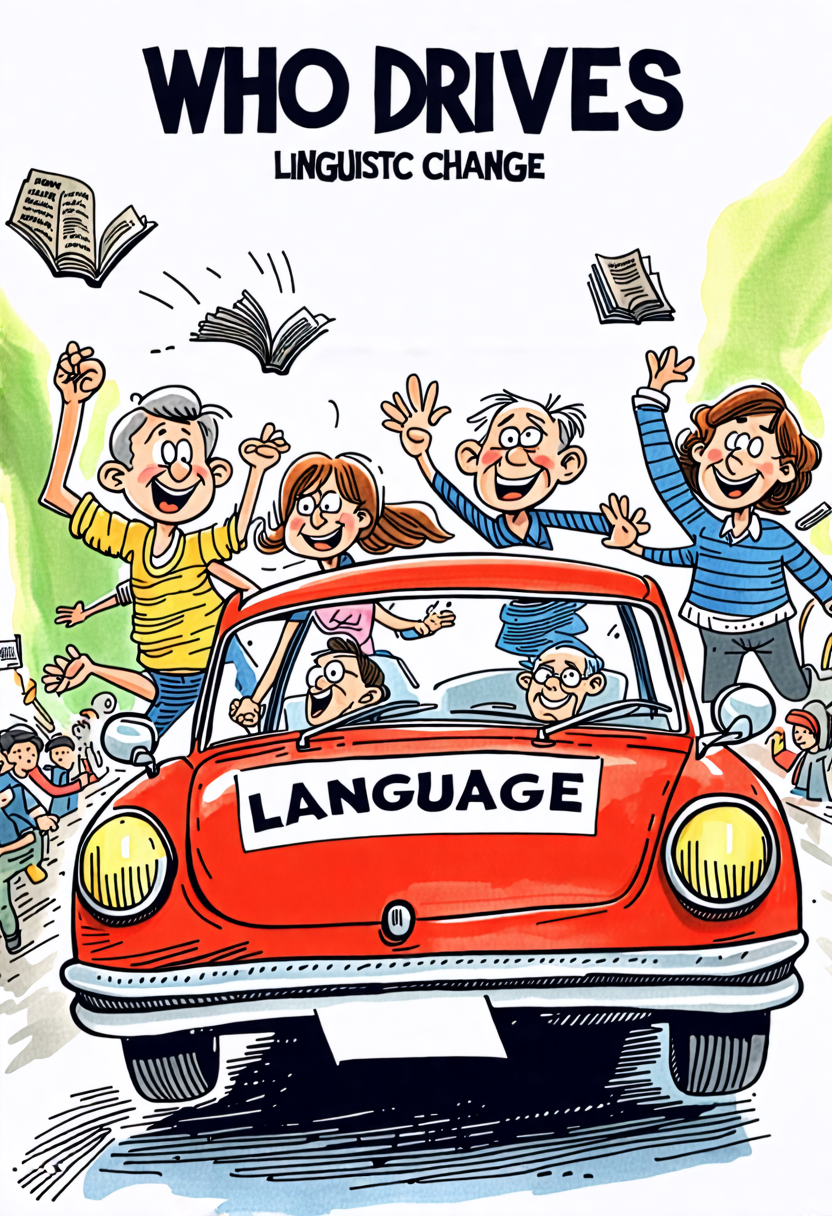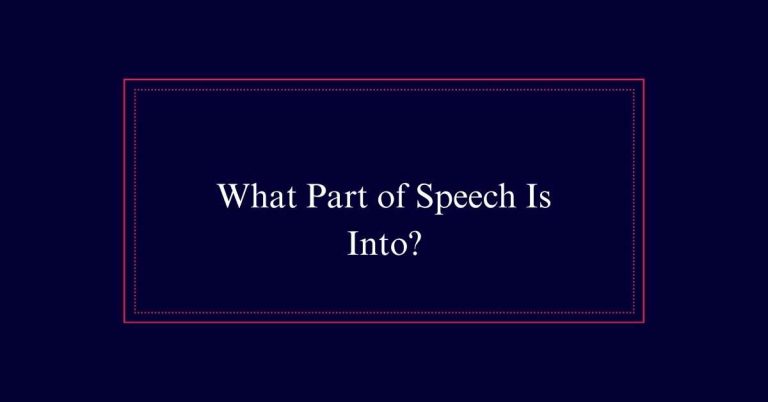Who Drives Linguistic Change?
Linguistic change is driven by multiple factors, with key influences from women, high-status individuals, and popular culture.
Women are often early adopters of new speech patterns and play an essential role in spreading these changes through social networks. High-status individuals also drive linguistic shifts as their speech is frequently emulated. Popular culture, especially female celebrities, greatly impacts language through widespread visibility and social media presence. Additionally, migrants, technological advances, and regional dialects enrich and evolve language.
Upspeak and Vocal Fry
Upspeak and vocal fry, two recent linguistic phenomena, have sparked considerable debate. Upspeak involves ending declarative sentences with a rising tone, making statements sound like questions. Vocal fry is characterized by a low-pitched, creaky quality at the end of sentences.
These speech patterns are often associated with younger individuals and initially more with women. Critics argue that these styles can undermine the speaker’s credibility. However, supporters claim they represent natural language evolution.
Research indicates that these phenomena are becoming more widespread, suggesting a shift in standard communication styles. While controversial, upspeak and vocal fry reflect broader changes in how language is used and perceived in modern society.
Gender’s Role
While upspeak and vocal fry highlight recent shifts in speech patterns, a deeper look reveals that women play a pivotal role in driving linguistic change. This influence is not new and spans across ages and cultures. Research by William Labov underscores this trend, showing that women often lead in linguistic innovation.
Here are three key points:
- Early Adoption: Women are early adopters of new speech patterns, which then spread within their communities.
- Social Networks: Female-dominated social networks facilitate the rapid dissemination of these changes.
- Intergenerational Transmission: Women influence children, particularly daughters, ensuring that linguistic changes persist.
Influence of Social Status
High social status individuals often spearhead linguistic changes within their communities. Their influence stems from their visibility and social networks. William Labov’s research highlights how the middle-class, particularly the upper working and lower middle classes, see significant linguistic shifts. These changes, initiated by influential figures, gradually trickle down through society, becoming widely accepted norms.
| Social Group | Linguistic Influence |
|---|---|
| Upper Working Class | Moderate |
| Lower Middle Class | High |
| High-status Individuals | Very high |
Impact of Female Celebrities
Female celebrities play a crucial role in shaping contemporary linguistic trends. Their significant influence stems from their public visibility and large social media followings, making them powerful agents of language change. Words and phrases popularized by these figures often gain rapid traction.
Consider the following examples:
- ‘Slay’: Popularized by Beyoncé, this term has become a mainstream expression of excellence and empowerment.
- ‘On fleek’: First used by a social media influencer, it was later adopted by celebrities like Kim Kardashian, solidifying its place in everyday language.
- ‘Lit’: Frequently used by musicians and actors, this term now describes something exciting or excellent.
Diverse Contributors
Beyond the significant impact of female celebrities, linguistic change is also driven by a variety of other contributors. High-status individuals within social groups often lead these changes.
Migrants introduce foreign words, enriching the vocabulary of their new communities. Innovation and technological advances necessitate new terms, such as ‘selfie’ and ‘BitCoin.’ Children, especially females, adopt these changes, further spreading them.
Media and popular culture amplify these shifts, making them more widespread. Social networks and online platforms accelerate the adoption of new linguistic trends. Additionally, regional dialects and slang contribute to the evolving language landscape.

Male-Driven Changes
Male-driven linguistic changes play a substantial role in the evolution of language. Historically, men have influenced various aspects of language, often through specific social or professional circles.
Key male-driven changes include:
- Multiple Negations: The decline of multiple negations in English, prominently noted in professional and academic contexts.
- Jargon and Slang: Men in particular fields, such as technology or sports, contribute specialized jargon and slang that often permeates everyday language.
- Pronunciation Shifts: Pronunciation changes driven by influential male figures, especially in media and politics, can set new standards.
These contributions highlight the dynamic interplay of gender in linguistic evolution. While female-driven changes are well-documented, male-driven shifts also contribute significantly to how language develops.
Migration and Vocabulary
Migration has greatly influenced the vocabulary of the English language. Over centuries, waves of immigrants have introduced new words and phrases, enriching the lexicon. The English language has borrowed terms from various languages, reflecting cultural and social exchanges. For instance, French words entered English after the Norman Conquest, while more recent migrations have added words from languages like Spanish, Hindi, and Chinese.
| Source Language | Example Words |
|---|---|
| French | Café, Ballet |
| Spanish | Patio, Fiesta |
| Hindi | Shampoo, Jungle |
| Chinese | Ketchup, Typhoon |
These contributions showcase how migration fosters linguistic diversity. New vocabulary allows for more precise expressions and reflects the dynamic nature of language. This constant influx of new terms underscores the ever-evolving landscape of English.
Evolution of Language Components
Language evolves through continuous changes in vocabulary, grammar, and pronunciation. These components adapt to societal shifts and technological advances.
Vocabulary sees the quickest changes with new terms like ‘selfie’ and ‘BitCoin’ entering daily use.
Grammar evolves more gradually, reflecting shifts in communication patterns.
Pronunciation changes can be subtle yet significant over time, exemplified by historical events like the Great Vowel Shift.








